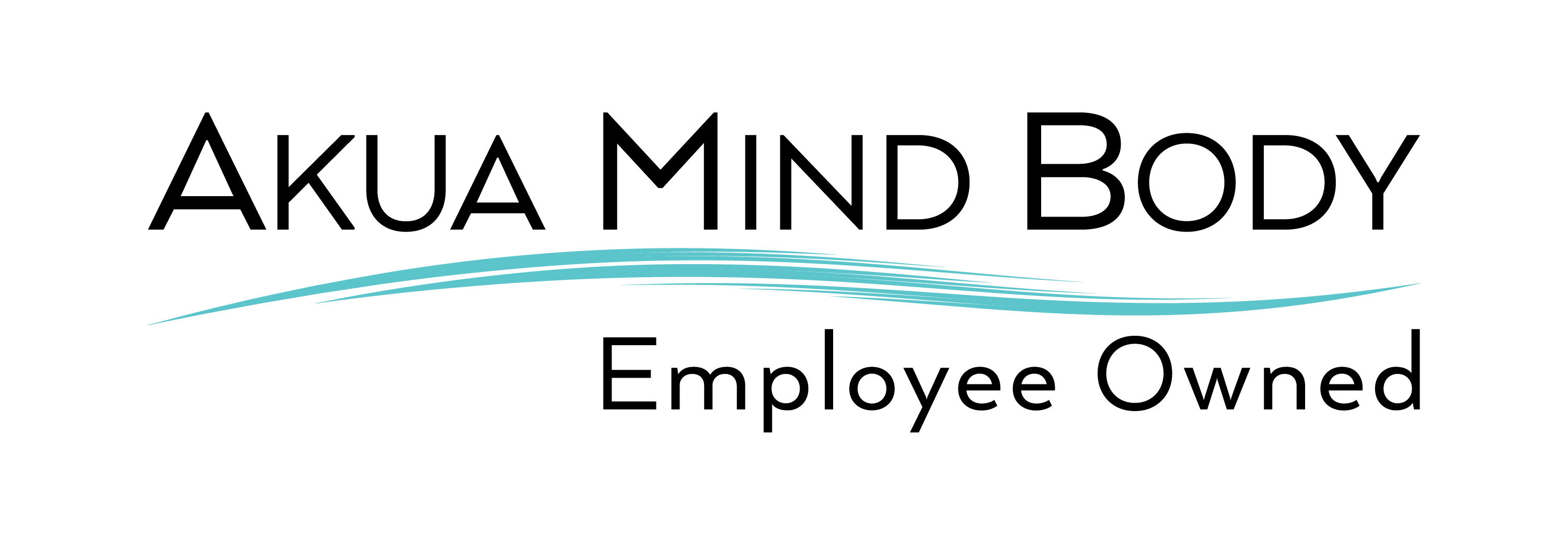We continue to raise awareness in June by introducing the next important awareness day: International Day Against Drug Use and Illicit Trafficking, June 26th. According to the United Nations Office on Drugs and Crime, nearly 275 million people used drugs worldwide in 2020, up by 22 percent from 2010. It added that the number of cannabis users increased by nearly 18 percent between 2010 and 2020.
Addressing drug challenges in health and humanitarian crises.
This year’s International Day Against Drug Abuse and Illicit Trafficking theme is “Addressing drug challenges in health and humanitarian crises”. This year’s goal is to emphasize the need to improve the understanding of the world drug problem and how it affects humans, specifically refugees worldwide. From war zones to refugee camps to communities torn apart by violence, people in all parts of the world are in dire need. This year, the United Nations Office on Drugs and Crime is addressing transnational drug challenges stemming from situations of crisis.
Since 2009, heroin seizures at the U.S. southwestern border have almost tripled, while meth seizures quintupled through 2014. Worse yet, cocaine and marijuana remain two of the most commonly seized drugs along the United States’ southern borders, equating to millions of pounds seized by the U.S. Border Patrol. Mexico is the largest supplier of methamphetamine, and although Asia and the Middle East are the largest producers of heroin, 39% of heroin identified by the DEA originated from Mexico.
Drug trafficking statistics in the United States
• In 2016, the majority (84.9%) of traffickers were male, with an average age of 36.
• Roughly 70% of all offenders were U.S. citizens, and almost half (49.4%) had little or no prior criminal history.
• The DEA puts much of its focus on trafficking from Mexican drug cartels because they control a large share of the drug smuggling into the U.S. and are also responsible for much of the drug distribution within the U.S.
• Another emerging threat is Africa, as it is often used as a transit shipping point for South American and Asian drug organizations.
• Between 2011 and 2015, there was a 50% increase in the number of people sentenced for crimes related to heroin trafficking in the U.S.
• In 2015, the DEA made 6,353 arrests for heroin-related offenses. Conspiracy, distribution, and possession with intent to sell comprised 84% of these arrests.
Human trafficking in the illegal trade
Unfortunately, drug trafficking around the world often involves dangerous operations where innocent people are used as drug mules or are forced to participate in body packing. Many victims of human trafficking are used to ferry drugs across international borders. Popularly known as ‘drug mules,’ the victims are made to swallow balloons containing illicit drugs (body packing) and are then transported across borders. Once they have reached their destination, these balloons are retrieved from the victim’s body.
For these reasons, international drug trafficking is not just a drug problem; it is also a social problem involving many innocent lives that are basically forced into a form of slavery. Human trafficking has become a trade so lucrative and prevalent that it knows no borders and links towns in central Mexico with cities like Atlanta and New York.
“Helena had been struggling to provide for her six-year-old son in Africa’s island nation of Sao Tome and Principe when she was offered an opportunity: a job as a cook in Brazil.
She arrived in February 2018 hoping for a new life but was forced to swallow cocaine to smuggle to Africa, arrested at Brazil’s busiest airport, Guarulhos International, and sentenced to five years in jail. While modern-day enslaved people in Brazil usually raise cattle, harvest coffee, and log timber, authorities see exploitation for drug trafficking as a growing problem with an influx of poor migrants from neighboring Venezuela and Bolivia”.
Facts about drug mules
• Drugs, such as cocaine and heroin, are often placed in condoms and then swallowed by a drug mule to evade customs officials’ detection.
• An average drug mule can swallow 80-125 of these pellets, containing 800g – 1.25 kg of drugs. To put this into perspective, 2 mg of fentanyl can quickly kill an individual.
• Apart from imprisonment, the most significant danger to a drug mule is rupturing a drug pellet, which can result in an immediate death due to the high contents of the drugs.
• Drug mules often take medication to inhibit bowel movements during travel. Sometimes they are also given tablets to reduce stomach acid production (stomach acid can lead to ruptured pellets). Once they have crossed the border, they are given laxatives, and the pellets pass through their digestive system.
• A drug mule could earn as little as $3,000 or less for a trip. However, drug lords, who commission the mules, can sometimes make 100 times more than that when selling the drugs brought in by the mules.
• The majority of drug mules are male, but the number of women doing this is increasing. The women are often from poor communities and are viewed as dispensable by the drug lords.
• Drug mules are usually in their twenties or thirties, but people up to the age of 72 and as young as 11 have been caught doing this.
The drug trafficking circle is more than corruption, money, and addiction; it’s about humanity and the vast amount of innocent lives lost. The hope is that we can educate the general public about this life-threatening industry to educate and raise awareness about the warning signs of a drug mule and the number of illegal drugs entering the U.S. border. Unfortunately, our country is becoming addicted to these trafficked drugs, and as a result, we are losing mothers, fathers, sons, brothers, sisters, and friends to the war on drugs.
“The opposite of addiction isn’t sobriety. It’s a connection. It’s all I can offer. It’s all that will help [you] in the end. If you are alone, you cannot escape addiction. If you are loved, you have a chance. For a hundred years, we have been singing war songs about addicts. All along, we should have been singing love songs to them.”
― Johann Hari, Chasing the Scream: The First and Last Days of the War on Drugs
AKUA Mind and Body Cares
If you or someone you love is struggling with a mental health illness or a substance use disorder, we can help more than ever! AKUA Mind & Body provides an integrative treatment approach with multiple levels of care, from detox and residential treatment to virtual outpatient programs. With several facilities throughout the Sacramento Region, Los Angeles & Orange County Region, and San Diego Region, we aim to provide our clients with a solid foundation for healing and transformation.




